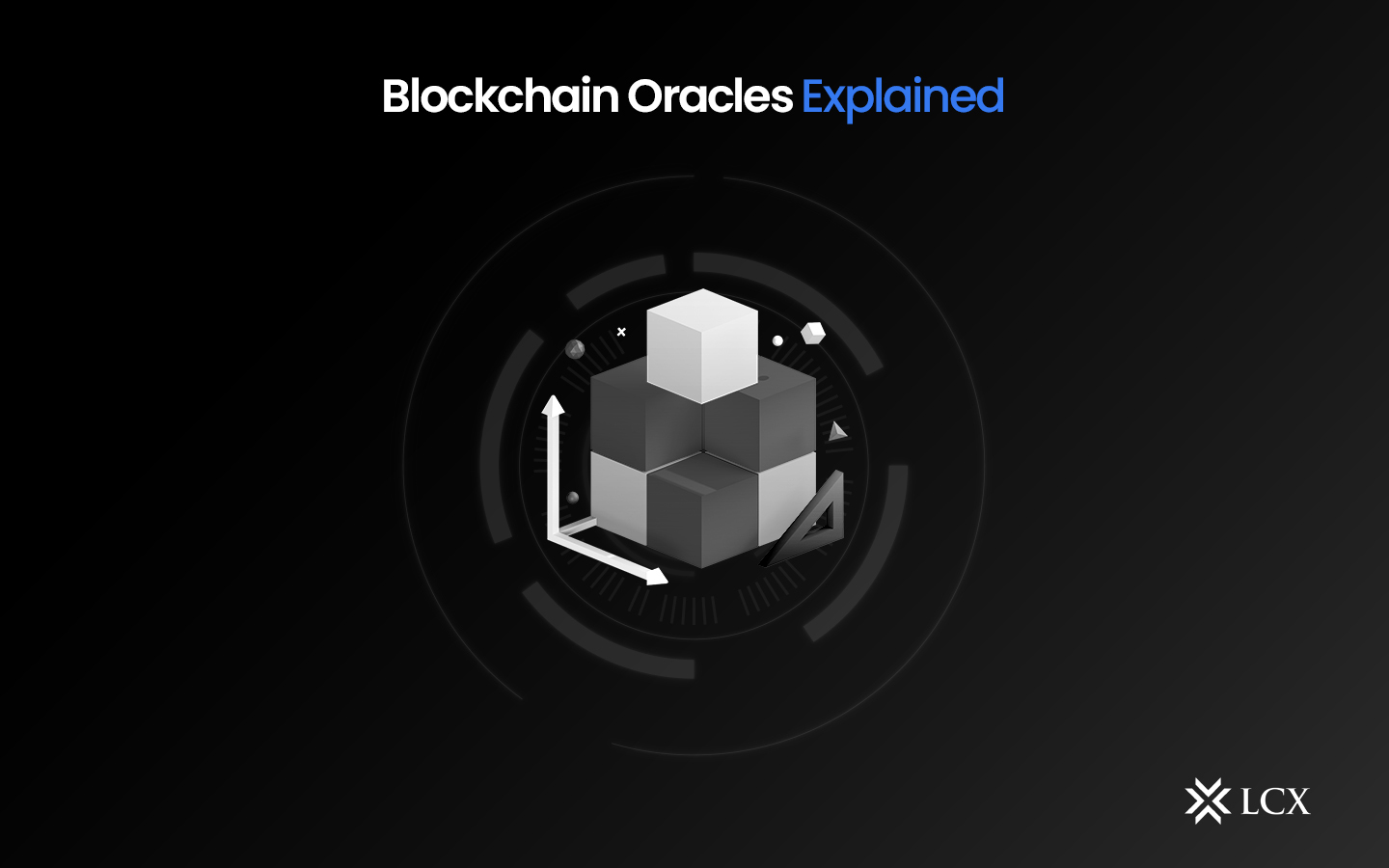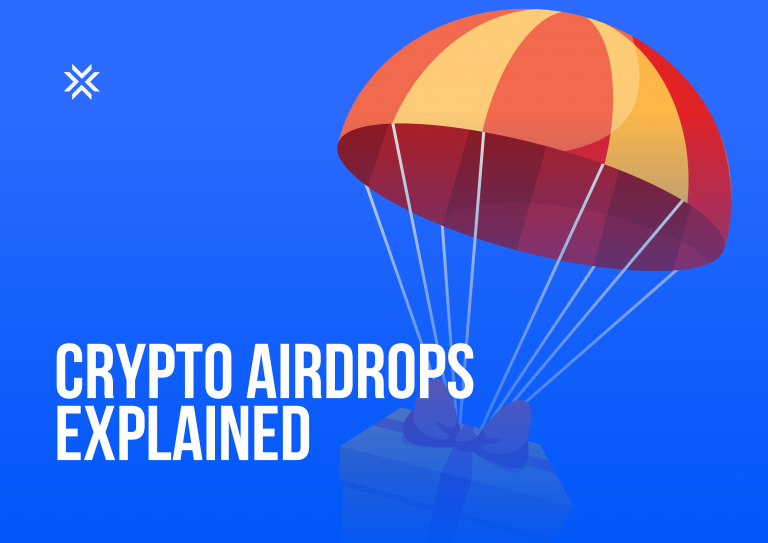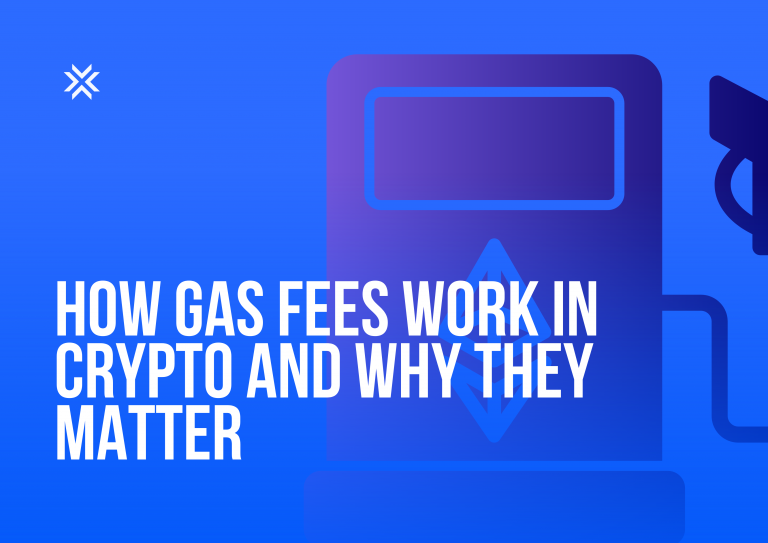Blockchain technology is a chain of peer-to-peer cryptographic transactions. Thanks to decentralized nodes that validate and commit them, blockchain transactions are recorded trustless. The first cryptocurrency, Bitcoin, introduced the world to blockchain technology and the concept of a blockchain ecosystem. In order to understand the history of blockchain, we must go back to 2009. The 2009 Bitcoin white paper published by the anonymous Satoshi Nakamoto detailed a solution to the double-spend problem encircling digital peer-to-peer payments.
Transactions in blockchain
Nakamoto transformed transactions into untrustworthy entities, eliminating the need for a middleman. According to Nakamoto’s white paper, e-commerce has become almost exclusively dependent on third-party intermediaries to facilitate digital transactions. These intermediaries must spend time and money mediating transactions, thereby increasing costs for the parties involved and limiting the potential for smaller, commonplace transactions.
This solution consisted of immutably timestamping transactions with computational proofs and hashing those transactions into an “ongoing chain of hash-based proof-of-work.” Such a chain would be decentralized, consisting of a timestamp server distributed among voluntarily participating nodes. If a node leaves and returns, it will receive a copy of the longest existing chain and continue from there.
Decentralizing the transaction process allowed for trustless peer-to-peer interaction, eliminating the need for third-party involvement and, theoretically, making transactions cheaper and faster for everyone. However, once the technology was in place, users needed a method to transact on top of it; this is where Bitcoin entered the picture. We now know that the answer to the question of whether Bitcoin or the blockchain arrived first is the blockchain.
Contracts in Blockchain
The evolution of blockchain technology has surpassed straightforward peer-to-peer transactions. On the blockchain, innovations have led to the development of decentralized applications (DApps), and solutions for speed and security have improved. This innovation is largely attributable to smart contracts. The blockchain ecosystem has come into action since the introduction of Bitcoin’s first-generation blockchain, or blockchain 1.0. Ethereum (ETH), for instance, is considered by many enthusiasts to be the future of blockchain.
This moniker stems from the fact that Ethereum focuses more on blockchain applications and utilizing blockchain smart contracts than it does on merely being a decentralized currency. Vitalik Buterin, the creator of Ethereum, envisioned his platform as a replacement for the Internet that would decentralize all digital processes. Why stop with peer-to-peer payments when you can also revolutionize lending and borrowing, gaming, and social media?
Buterin utilized smart contracts to assist in the realization of his vision. Smart contracts are digital agreements between two or more participants, similar to real-world contracts. However, a real-world contract necessitates the involvement of a lawyer or other intermediary, which complicates the process.
A smart contract is governed by a set of immutable principles that were agreed upon prior to its creation. These principles are hard-coded into Ethereum’s blockchain, ensuring that no one can change them after the contract has begun and eliminating the need for a middleman. The contract will become effective when both parties fulfill their respective obligations.
Applications
Decentralized applications are completely distrustless, ensuring that users can utilize their abilities without a middleman. While Bitcoin has a rudimentary version of smart contract technology, Ethereum has taken it to the next level by providing a platform for developers to create DApps that leverage the power of smart contracts.
Due to its capabilities, Ethereum can now be considered a second-generation blockchain or blockchain 2.0, surpassing those of Bitcoin, a first-generation blockchain. Ethereum enables users to establish their own cryptocurrencies on its platform, leveraging the Ethereum blockchain for security and speed.
For instance, developers could create an application for lending and borrowing wholly governed by smart contracts. Before facilitating the lending of the loan and providing a space for borrowers to repay the loan, smart contracts would function as escrow and hold the funds securely.
Nevertheless, despite the innovations provided by smart contracts and decentralized applications, Ethereum has severe scalability issues, meaning it struggles to validate transactions when its network is overloaded. Proof-of-work (PoW), the consensus mechanism utilized by both Bitcoin and Ethereum, is the cause of this conflict.
PoW requires miners to utilize their computing capacity to solve complex equations in order to validate blocks. However, there can only be a limited number of miners validating transactions. If there are too many individuals attempting to transact, miners will be overwhelmed, and the validation procedure will take significantly longer. Ethereum’s network upgrade, Ethereum 2.0, will implement a proof-of-stake (PoS) consensus mechanism to address these problems.
Blockchain 1.0 vs. Blockchain 2.0 vs. Blockchain 3.0
Blockchain 3.0 introduces interoperability solutions and novel consensus methods, advancing the concepts introduced by blockchain 1.0 and blockchain 2.0. Many of the issues that afflicted blockchain 1.0 and blockchain 2.0 networks, such as scalability and interoperability, are resolved by a blockchain ecosystem of the third generation. Proof-of-stake (PoS) is a new consensus algorithm used by Blockchain 3.0 networks to address the scalability issue.
To become validators, PoS requires users to stake or lock in their tokens as opposed to mining. Before committing incoming transactions to the blockchain network, validators verify their legitimacy and earn transaction fees for their efforts. The notion is that users who have a vested interest in a network will validate transactions with the utmost diligence. Additionally, transaction validation is faster than mining, ensuring a network’s scalability as additional validators join.
Then there are solutions for blockchain 3.0 interoperability. Even though there are numerous blockchain ecosystems, many of them are isolated from one another. Using a cryptocurrency exchange to convert funds from one blockchain ecosystem to another is time-consuming and costly, preventing users from achieving true financial independence.
Bridges are a common interoperability solution for blockchain 3.0. Bridges connect two or more blockchain networks, allowing users to transfer assets between them. In doing so, bridges unify all kinds of blockchain ecosystems, effectively capitalizing on their ability to provide financial independence.
Various Types of Blockchain Permissions
Permission-based consensus methods power blockchain networks, allowing for varying degrees of use based on a user’s requirements and permission level.
In addition to the various blockchain generations, there are also different permission-based blockchain types. There are public, permissioned, and private blockchains among these permission categories. Each of these kinds offers a unique use case for a business’s or user’s requirements. The answer to the question “What are the three types of blockchain?” is now within your grasp.
Public blockchain
The most fundamental type of blockchain ecosystem is a public blockchain. A public blockchain is accessible to anyone desiring to use the database. Bitcoin and Ethereum are two examples of public blockchains. In addition to being accessible to everyone, these networks lack a central authority. Instead, developers from around the world implement enhancements and other changes, and anyone can use the infrastructure of a public blockchain to create DApps.
Permissioned blockchain
Permissioned blockchains, also known as consortium blockchains, restrict portions of the database to nodes with special permission. Suppose, for instance, that a centralized team is developing a public blockchain network for the rest of the world. In such a scenario, that team may have exclusive access to network-centric information.
Private blockchain
Despite the fact that blockchain technology is fundamentally a decentralized distributed ledger, this ledger is not always required to be public. The employee database of a corporation, for example, does not need to be shared to benefit from the efficiencies offered by blockchain technology. A corporation would employ a private blockchain in this scenario. Then, this organization can use its private blockchain similarly to a conventional database. Some information may be accessible to the entire workforce, while more sensitive information is restricted to the C-suite.
Hybrid Blockchains
As they employ characteristics of both public and private networks, hybrid blockchains can be viewed as the future of blockchain development. With public-facing services, hybrid blockchains may be utilized by corporations. Consider a blockchain-based video game as an example. If a team is developing a massively multiplayer online video game but does not wish for the development to be made public, they could use a hybrid blockchain.
In this manner, players can continue to interact with the public sphere by registering, participating, and potentially enacting governance when proposing and voting on game mechanics. The private side of the hybrid blockchain enables game developers to conceal the game’s source code and interior workings from the general public. When deciding between a permissioned or private blockchain, it is important to note that businesses may also consider hybrid blockchains due to their versatility.
Conclusion
From its ancient roots in decentralized record-keeping to the emergence of Bitcoin and the proliferation of diverse blockchain applications, this revolutionary technology has come a long way. Its journey continues to be filled with both opportunities and challenges. As blockchain technology evolves, we eagerly anticipate its role in shaping the future of various industries and reshaping our digital landscape.










